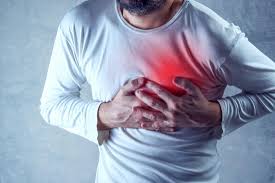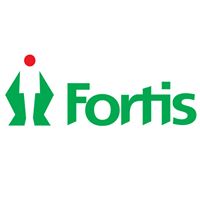The ribs are usually linked to the breastbone by hard, protective tissue called cartilage. If the cartilage gets inflamed, then that condition is called costochondritis or chest wall pain. The condition is very temporary, but it can scare anyone, as the pain gives the feeling of a heart ailment. The condition improves on its own with home treatments. There are several symptoms of costochondritis, which will be discussed underneath.

Treatment of costochondritis
Doctors usually treat costochondritis in a normal manner. They basically ask patients to take rest and avoiding strenuous exercise, affecting the chest wall. In rare cases, a doctor might opt for injections of lidocaine or corticosteroids to minimize pain and inflammation. Other treatments that may help to relieve chest pain include:
- Applying moist heat via warm compresses.
- Taking cough suppressants to ease coughing and bring down pressure to the cartilage.
- Physical therapy to ease tension in the chest wall.
Symptoms of costochondritis
Symptom of costochondritis is basically a chest pain in the upper and middle rib area on either side of the breastbone. The pain can go to the back or the abdomen as well. It may also get worse if you move, stretch, or breathe deeply. Seek medical aid quickly if you experience persistent chest pain. The following activities usually increase the pain associated with costochondritis:
- Continuous coughing
- Strenuous exercise
- Physical activity involving the upper arms, such as lifting boxes
- The pain associated with costochondritis usually occurs on the left side of the body but can affect both sides.
Causes of Costochondritis
The condition does not occur due to a specific cause. Occasionally, however, costochondritis may be caused by:
Injury It might be a blow to the chest.
Physical strain lifting something heavy, hard exercise and severe coughing have usually been linked to costochondritis.
Arthritis Costochondritis can also be linked to specific problems, such as osteoarthritis, rheumatoid arthritis or ankylosing spondylitis.
Joint infection Viruses, bacteria and fungi — such as tuberculosis, syphilis and aspergillosis — can infect the rib joint.
Tumors Noncancerous and cancerous tumors can also lead to costochondritis. Cancer might also go to the joint from another part of the body, such as the breast, thyroid or lung.
Finally
Costochondritis normally heals on its own, though it might last for several weeks or longer. Treatment chiefly focuses on pain relief. So, in case you develop symptoms of Costochondritis, it is better to consult a doctor.


